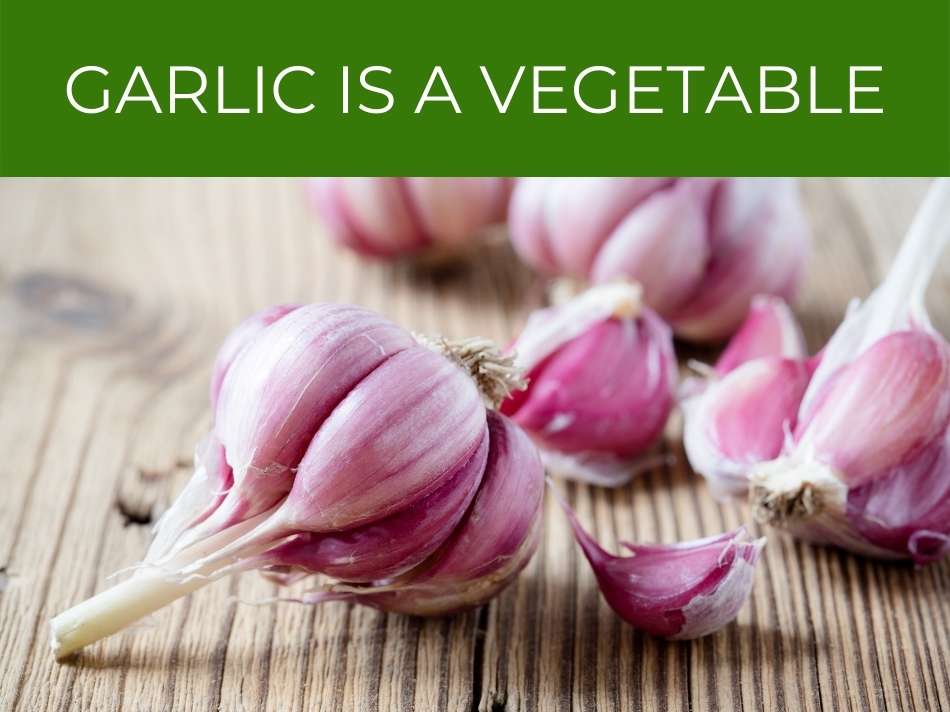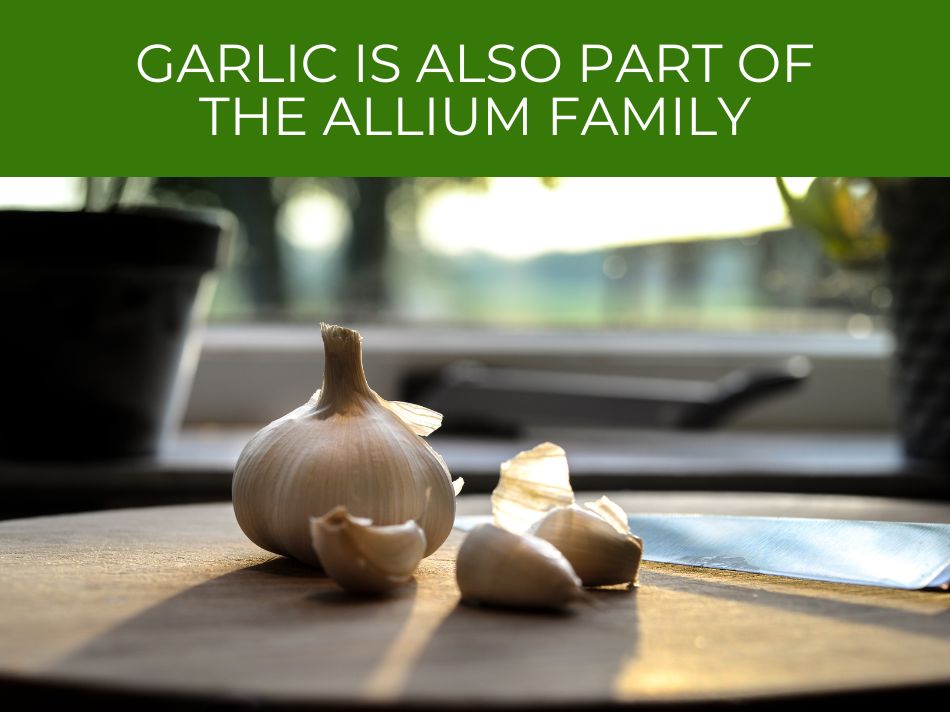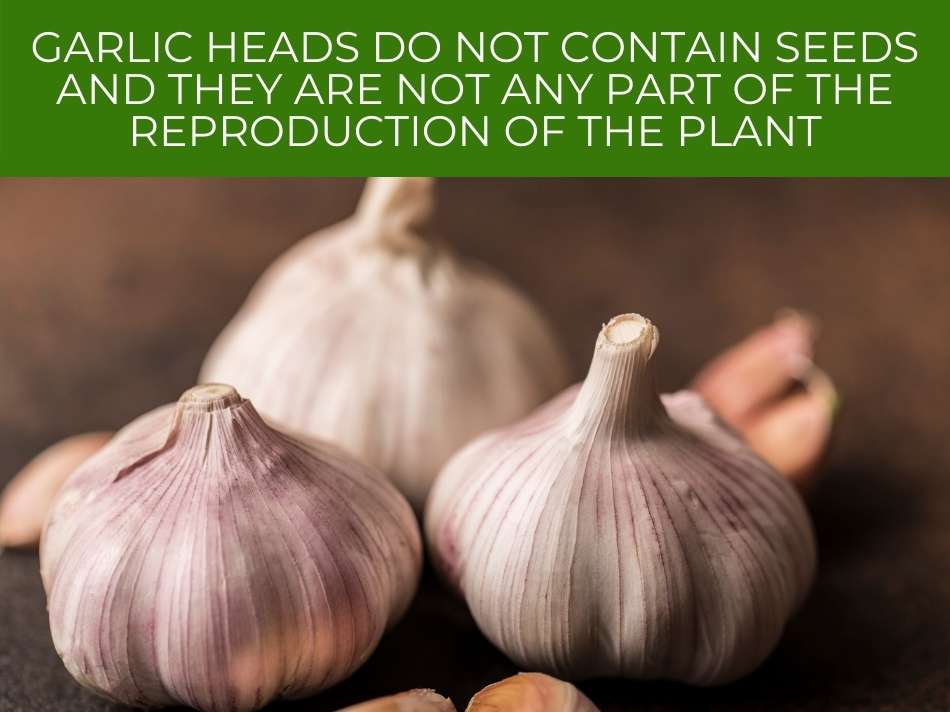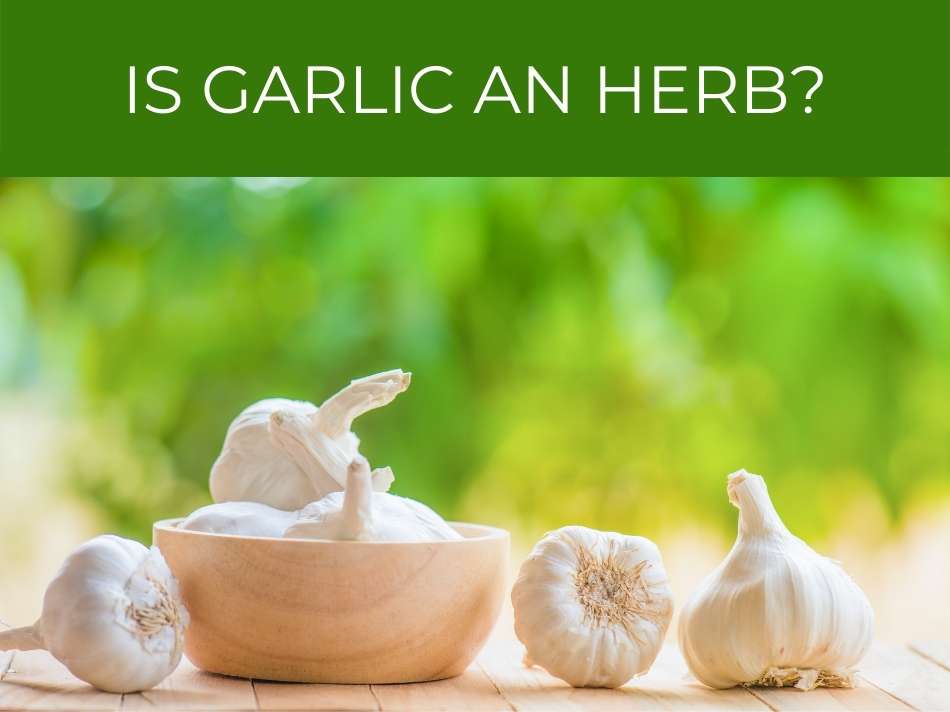Garlic on pasta. Garlic on pizza. Garlic on just about anything! In fact, garlic must be one of the perennial favorite flavorings, along with some tasty herbs and spices. Did you know that garlic is not an herb, though, but is in fact a vegetable?
A head of garlic is the bulb, or swollen stem of the garlic plant. Unlike fruit, it’s not linked to the reproductive cycle and does not contain seeds. Although it’s used for flavoring in cooking, it is also not an herb. This makes garlic a vegetable.
To understand what makes garlic a vegetable, it’s important to unpack exactly what a vegetable is and why garlic fits the mold. Read on to find out more about this perennial tasty vege.

Is garlic a vegetable?

Garlic is a vegetable, since it is an edible part of a plant that does not contribute to the reproductive system. The part of the garlic plant that is edible is the bulb, the swollen part of the stem, which classifies it as a vegetable.
Botanically, the bulb, stem, and long leaves of a garlic plant are classified as vegetables.

Garlic is also part of the Allium family, which consists of other vegetables, so this means it is a vegetable.
The Allium family includes onions, a close relative to garlic, and also a vegetable.
Vegetables are understood to be the edible root, stem, leaves, or bulb of a plant.
They are not linked to the reproductive cycle in any way and don’t contain seeds.

Garlic heads do not contain seeds and they are not any part of the reproduction of the plant.
Although the leaves and flowers of the garlic plant can also be eaten, it is the bulb that is most commonly used in cooking.
This all offers conclusive evidence that garlic is, indeed, a vegetable.

Is garlic an herb?
Although garlic is used primarily for its flavor, it is not an herb. This is because the most commonly used part of the plant is the bulb and not the leaves, flowers, or seeds. Garlic is also a perennial, unlike plants described as herbs.
The term ‘herb’ is given to a plant that bears seeds and which dies at the end of the season.
The plant must also have seeds, flowers, or leaves that are specifically used for flavoring in cooking.
A garlic plant is perennial, which means that it does not die after each season.
It is the bulb of the plant that is primarily used for flavoring, not the leaves, flowers, or seeds.
All of this means that garlic is not an herb.
In addition to this, garlic is classed as a vegetable, which is distinctly different from an herb.
However, don’t forget that garlic is used specifically for flavor in cooking, which means that it is used similarly to herbs.
This is where a little confusion may occur, however, it is not classified as an herb.
See our guide to growing herbs indoors and what soil is best.

Is garlic a root?
Garlic is often mistaken for a root, however, it is actually a swollen section of the stem that grows underground called a bulb. Bulbs act as the plant’s storage system for nutrients. Garlic roots grow from the bulb but perform very different functions.
Roots are the parts of a plant that are attached to the substrate and anchor the plant.
They are also the route via which the plant absorbs water and nutrients from the soil.
A garlic plant has roots so that it is anchored effectively in the soil.
These are attached to the swollen section we use for cooking, but are not the name given to that section.
We use the swollen section of the plant made up of the cloves, which is not the roots but is a bulb.
When a plant has a swollen section of the stem that grows underground, it is a bulb.
This means that garlic is not a root.

Does garlic grow underground?
A garlic plant has sections that grow underground & above ground. It has a stem which can get 18-24 inches tall & will eventually flower if you do not harvest the garlic. Underground you have the bulb & roots. What is harvested is the bulb & that is the part that grows under the soil.
Like any plant, the garlic plant has shoots, leaves, and flowers that grow above the ground.
It also has roots that grow underground and anchor the plant, so that it can grow strong.
There is also a section of the stem of the garlic plant that grows below the ground.
This is the bulb, which is a modified stem that acts as a storage system for the plant.
This means that the plant grows both above and below the surface of the soil, but the useful part specifically grows underground.
See our complete guide to growing garlic indoors.

What’s a clove of garlic?
A head of garlic is the whole bulb that is surrounded by brittle skin. The bulb is made up of smaller individual sections, called cloves. These are curved, wedge-shaped sections that can be separated and individually peeled. An average head of garlic has 10-12 cloves.
The section of the garlic plant that we use in cooking is the whole bulb, also called the ‘head’ of garlic.
A single head is basically round and is surrounded by a thin, brittle skin.
If you take the skin off, you will find that the head is made up of smaller sections.
These are essentially wedge-shaped, with a curve.
One end is slightly rounded, and the other is more pointed.
Each of these smaller sections, or lobes, is a separate clove.
A clove of garlic consists of a softer section that is covered by a fairly thick, brittle skin.
This can be peeled quite easily off the softer inside, which is where the flavor of the garlic lies.
The peeled cloves of garlic are what we cut up or crush to add flavor to food.

Is onion a fruit?
An onion is a vegetable. Both fruits and vegetables are edible but fruit is part of the reproductive cycle of the plant. An onion is a bulb that is not part of the reproductive cycle and instead holds extra nutrients and water. Onions are very similar to garlic and both are vegetables.
A fruit is an edible part of a plant that is linked to the reproductive cycle.
It is the fleshy swollen section that the ovary develops into after fertilization.
The fruit surrounds and protects the seeds of the plant.
An onion is an edible, swollen section of the plant, but does not play any part in the reproduction of the plant.
It also does not contain any seeds, which is characteristic of a fruit.
The onion is a modified part of the stem that is called a bulb.
This is a storage system that grows underground.
The roots of the plant grow from the bulb down into the soil.
This all means that an onion is not a fruit, but is a vegetable.
See our guide to planting onion sets in your garden.

Conclusion
The head of a garlic plant that is used for flavor in cooking is classed as a vegetable because it is the edible bulb of the plant. Although garlic is used similarly to herbs in cooking, it is not an herb, as it is perennial, and it is not the leaves, seeds, or flowers that are used for flavoring.

